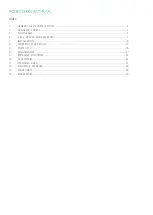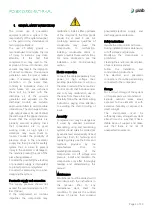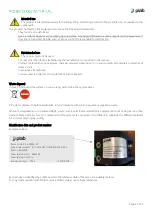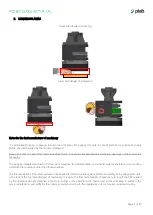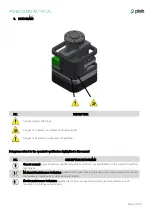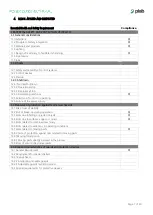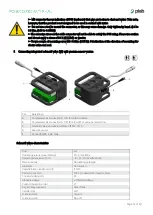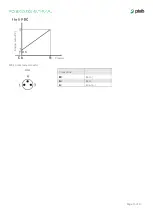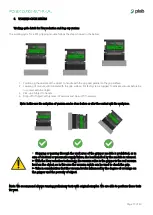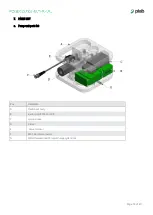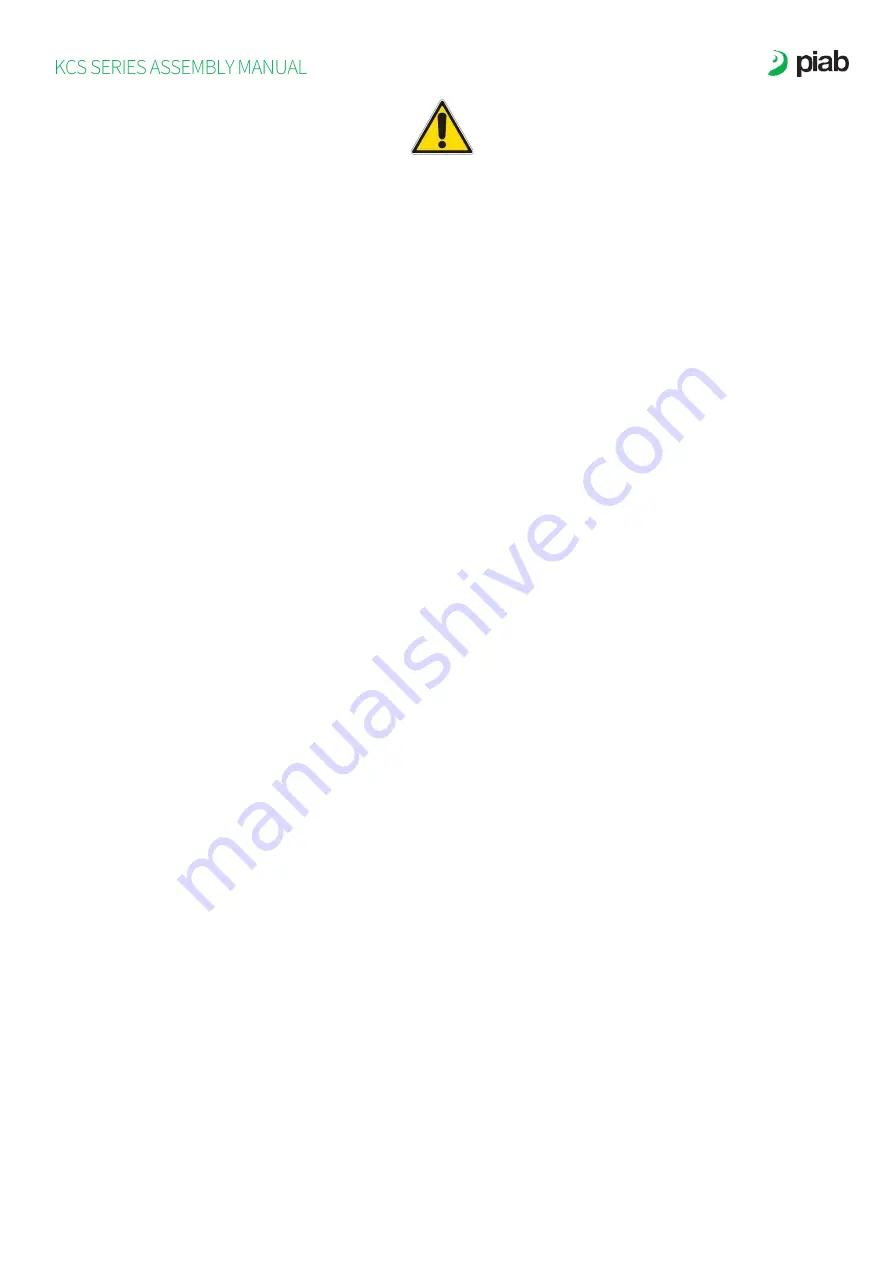
Page 3 of 30
1.
GENERAL SAFETY INSTRUCTIONS
The correct use of pneumatic
equipment within a system is the
responsibility of the system designer
or the person who determines its
technical specifications.
The use of safety guards is
recommended to minimize the risk
of injury to persons; pay close
attention to the fact that
compressed air may lead to the
explosion of closed containers, and
vacuum may lead to the implosion
of closed containers. The vacuum
generator, even if silenced, makes
noise: if necessary, wear suitable
protection. In the event that,
contrary to indications, dusts, oil
mists, fumes, etc. are suctioned,
these will be mixed with the
discharge air of the vacuum
generator and expelled via the
discharge conduit; use suitable,
approved air filters to avoid possible
intoxications. The discharge air has a
high output speed. Do not obstruct
the discharge of the gripper module.
Ensure that the components are
properly secured; regularly check
that connections are in good
working order, as high cycles or
vibrations may cause them to
loosen. Consider the possibility of
pressure drops in the pneumatic
supply line: then provide for a safety
system that, in order to prevent
injury to the operator or damage to
the machine prevent the risk of the
piece being released.
Consider the possibility the electrical
or pneumatic supply is interrupted,
to protect persons and systems.
Consider the emergency stop when
designing the system.
Pneumatic supply and connection
The supply pressure should not
exceed the recommended one of 7
Bar. (102 psi)
If the compressed air contains
impurities, the components may
malfunction. Install a filter upstream
of the component; the filter grade
should be at least 5 µm. Air
containing excessive quantities of
condensate
may
cause
the
components
to
malfunction.
Installing condensate drains or
dryers prevents these malfunctions.
For more information, see the
Installation and Commissioning
section.
Electric connection
Connect the cables separately from
power or high voltage lines,
avoiding parallel wiring or wiring in
the same conduit of the same lines.
Control circuits that include sensors
and coils may malfunction due to
the noise from these other lines.
Carefully follow the electrical wiring
instructions, paying close attention
to avoiding the short-circuiting of
loads.
Assembly
Compressed air may be dangerous
if used by unskilled personnel.
Assembling, using and maintaining
systems should solely be carried out
by experienced and specially trained
personnel. Both for fastening and
supplying, solely use the bores and
methods
provided
by
the
manufacturer.
Prior
to
assembly/disassembly
of
the
components, cut off voltage and
pressure. Install and maintain the
components only after thoroughly
reading and understanding this
manual.
Maintenance
Maintenance must be carried out in
accordance with the instructions in
this manual. Prior to any
maintenance work, check the
conditions to prevent the sudden
release of pieces, then suspend
pneumatic/electrical supply, and
discharge residual pressure.
Safety instructions
Handle the components with care.
During installation and maintenance,
cut off voltage and pressure.
Modifying the components is
prohibited.
Cleaning the environment and place
of use is recommended.
Follow
the
installation
and
commissioning instructions.
The electrical and pneumatic
connections should be permanently
connected to the component.
Storage
For a correct storage of the system
or its spare parts, we recommend:
Exclude outdoor areas, areas
exposed to the elements or with
excessive humidity or exposed to
direct sunlight.
The
environment
must
be
sufficiently clean, arrange the system
almost in such a way that it has a
stable base of support and make
sure that there is no risk of
unexpected movements.


